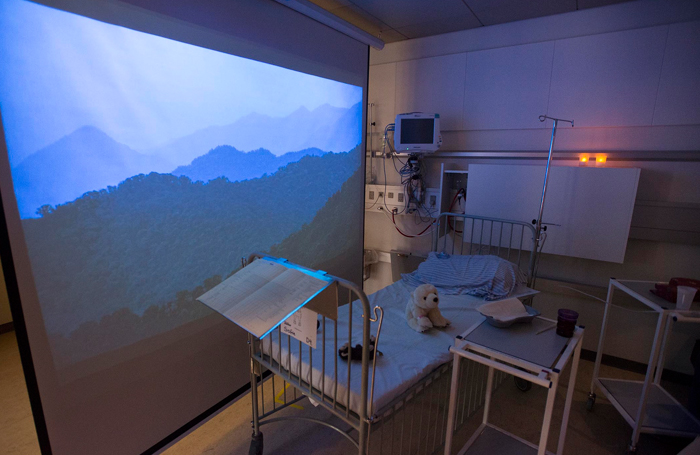When the child wakes up from anesthesia it crucial to be in calming environments! This experimental work did exactly that.
The experiment shows that children are vulnerable after anesthesia and their sensory perception is altered. The children in the recovery room (RR) were confused and insecure. They were crying and felt uncomfortable in the clinical surroundings. Parents felt alienated and were continuously asking about the monitoring status, and they were insecure about how to respond to their child’s behavior. They wanted more privacy and coziness. Other patients felt stressful when children cried, and they asked to be discharged from the recovery room.
An ethnographic study in our recovery room showed that the clinical setting was characterized by noise. The children were unfamiliar with the clinical environment, and they expressed, that they needed some recognizable things; like a mom and dad, their teddy bear and pictures of nature. Nurses felt stressful and distracted when children cried, and they worried about patient safety.
The concept in the new recovery room was to create a home-like atmosphere that would create calmness for the kids and their parents and at the same time help set the stage for a better dialogue between child, parents and personal. Using new technological solutions images and furniture made the interior design more dynamic and participatory for the patients. This gave the child a distracting a homelike feeling causing more comfort and less crying.
The project has been nominated to the Smart solution price in Region Midt Denmark and the results presented at the conference: The 4th international Conference for perianaesthesia nurses, Sydney 2017
Recovery room
- Categories →
- Lighting
- Research
Portfolio
-
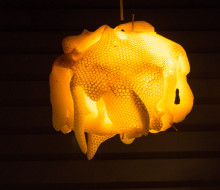
Beeotopia

-
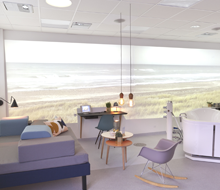
Delivery room of the future

-
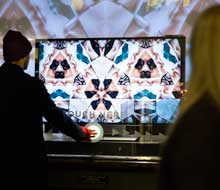
Responsive shop window

-
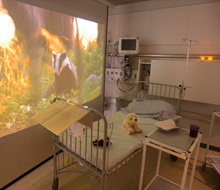
Recovery room

-
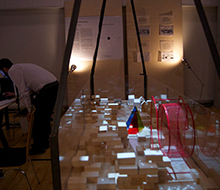
Media Architectural Growth

-
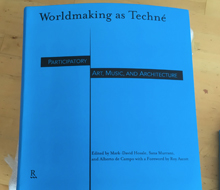
Publications

-
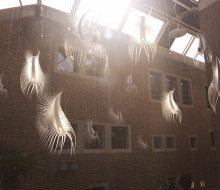
Perceptial Ecologies: Klik.

-
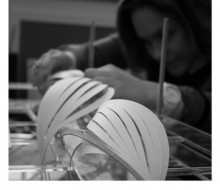
Form and Flow workshop

-
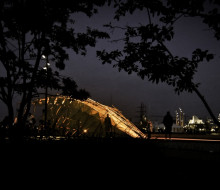
Acoustic Environment

-

Responsive Urban Lighting

-
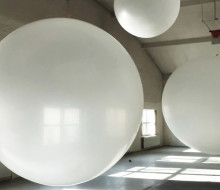
Perceptual Ecologies: Symphony

-

Environmental Response

-

Perceptual Ecologies: Mine

-
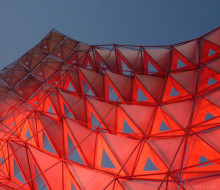
Red Pavillion

-
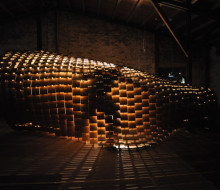
Social Technologies workshop

-

Nora



